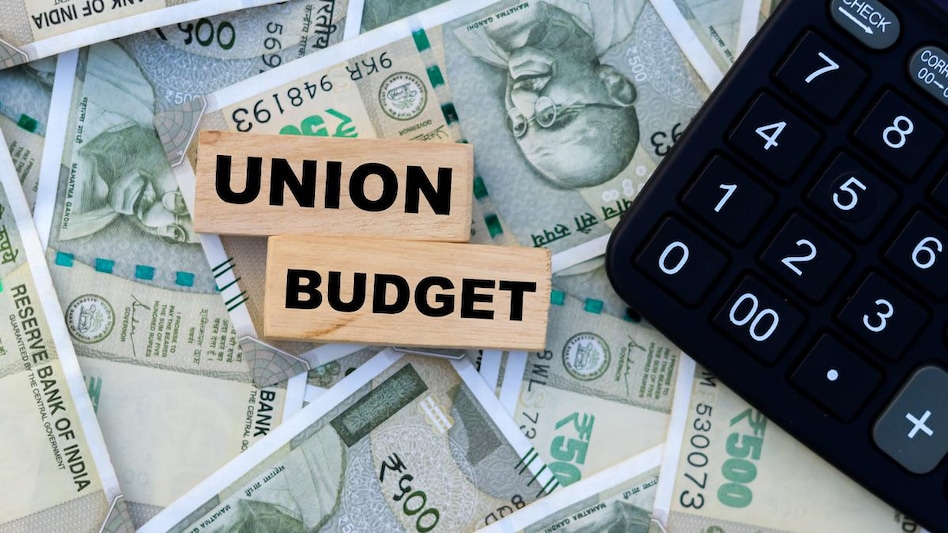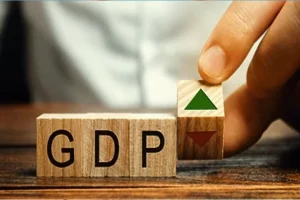The Union Budget – the fifth presented by Finance Minister Nirmala Sitharaman — reflects Prime Minister Narendra Modi’s emphasis on “India first, citizens first.” The feel good Budget has touched almost every segment of the society including the poor and the middle class with an aim to push economic growth while leaving more money in the hands of citizens. In short, Sitharaman has tried to balance welfare schemes, investments and consumption ensuring that all go hand in hand as India aims to become a $5 trillion economy by 2025.
A big jump in capital investment – it has gone up to Rs 10 lakh crore from Rs 7.5 lakh crore — will have a multiplier effect on the economy, boosting productivity, employment while easing inflation structurally. On the other hand, the huge tax benefits across all income segments will leave more money in the hands of the people, a move that will push spending as well as savings.
Importantly, Sitharaman has also opened up the kitty for the bottom end of the pyramid with the expansion of the free food grain scheme under the PM Garib Kalyan Anna Yojana with an outlay of Rs 2 lakh crore for 2023-24.
Union Budget has proposed a record budgetary allocation of Rs 2.40 lakh crore for the Indian Railways. Union Finance Minister Nirmala Sitharaman said the allocation is over 9 times the amount earmarked in the financial year 2013-14 https://t.co/6L3FQndZGG#Budget2023 pic.twitter.com/8kZxstE7Qi
— INDIA NARRATIVE (@india_narrative) February 1, 2023
“We envision a prosperous and inclusive India, in which the fruits of development reach all regions and citizens, especially our youth, women, farmers, OBCs, Scheduled Castes and Scheduled Tribes,” Sitharaman said in her speech.
Meanwhile for the current financial year, India is expected to clock a GDP growth rate of 7 per cent. “It is notable that this is the highest among all the major economies. This is in spite of the massive slowdown globally caused by Covid-19 and a war,” Sitharaman said. “The Indian economy is therefore on the right track, and despite a time of challenges, heading towards a bright future,” she added.
Analysts said that the messaging in the Budget has been right.
Besides the huge jump in capital investment, the Finance Minister also announced exemption on custom duty on imports of certain parts and inputs such as camera lens, required for mobile phones to continue supporting manufacturing of these phones in India.
“The result of the various initiatives of the government, including phased manufacturing programmes, mobile production in India increased from 5.8 crore units valued at Rs 18,900 crore in 2014-15 to 31 crore units valued at Rs 2,75,000 crore in last financial year,” Sitharaman said while presenting the Budget.
“The messaging is important. It reflects India is serious about removing hurdles to boost manufacturing as it positions itself as the world’s factory,” said a senior executive of a multinational electronic company.
Other areas including the all important agriculture, digital infrastructure, startups and micro small and medium enterprises have got a push as well.
“This is a reflection of the new India—that is rooted as well as futuristic,” an insider told India Narrative.
Sitharaman also needs to be given credit for being able to hook India’s fiscal deficit for the ongoing financial year to 6.4 per cent of GDP – in line with the Budget estimate. Adhering to the fiscal consolidation plan, Sitharaman has pegged the fiscal deficit for the next financial year to be 5.9 per cent of GDP and 4.5 per cent by 2025-26.
The tax to GDP ratio has been pegged at 11.1 per cent similar to the revised estimate for 2022-23.
While the country’s middle class will be particularly happy as they will be left with more money in their hands. Under the new tax regime, those earning up to 7 lakh per annum will not have to pay any income tax. Besides, there is relief for people in other tax brackets too. Those earning upto Rs 9 lakh will see their income tax outgo going down by 25 per cent.
In a massive concession to the “hard-working” middle class, Finance Minister Nirmala Sitharaman today slashed the income tax on various slabs by as much as 25% and raised the Zero tax slab to Rs 7 lakh from Rs 5 lakh earlier
Read more: https://t.co/evvoFuONa3#Budget2023 pic.twitter.com/ef33mQJAZK
— INDIA NARRATIVE (@india_narrative) February 1, 2023
Notably, notwithstanding criticisms of widening social disparity, the Finance Minister has brought down personal income tax for those falling in the highest tax bracket of 42.74 per cent being among the highest in the world. The surcharge rate of 37 per cent has been brought down to 25 per cent in the new tax regime leading to a reduction in the maximum tax rate to 39 per cent.
The markets, however, showed mixed reactions. The BSE Sensex jumped 1,223 points to an intra-day high of 60,773 and the NSE Nifty rose to 17,972 — a jump of 310 points. However, at closing the BSE Sensex was trading only 158.18 points up at 59,708.08. On the other hand Nifty50 was down 39.95 points to close at 17,622.20.
Also read: Union Budget hikes outlay for big infra projects by 33% to Rs 10 lakh crore: Big numbers at a glance
Economic Survey pegs India’s GDP growth at 6 to 6.8% for 2023-24




















